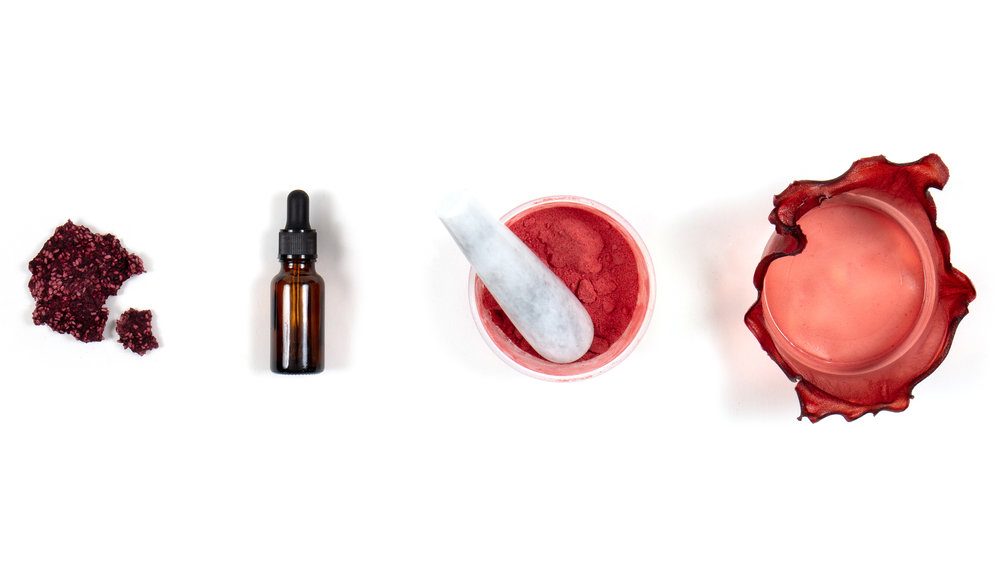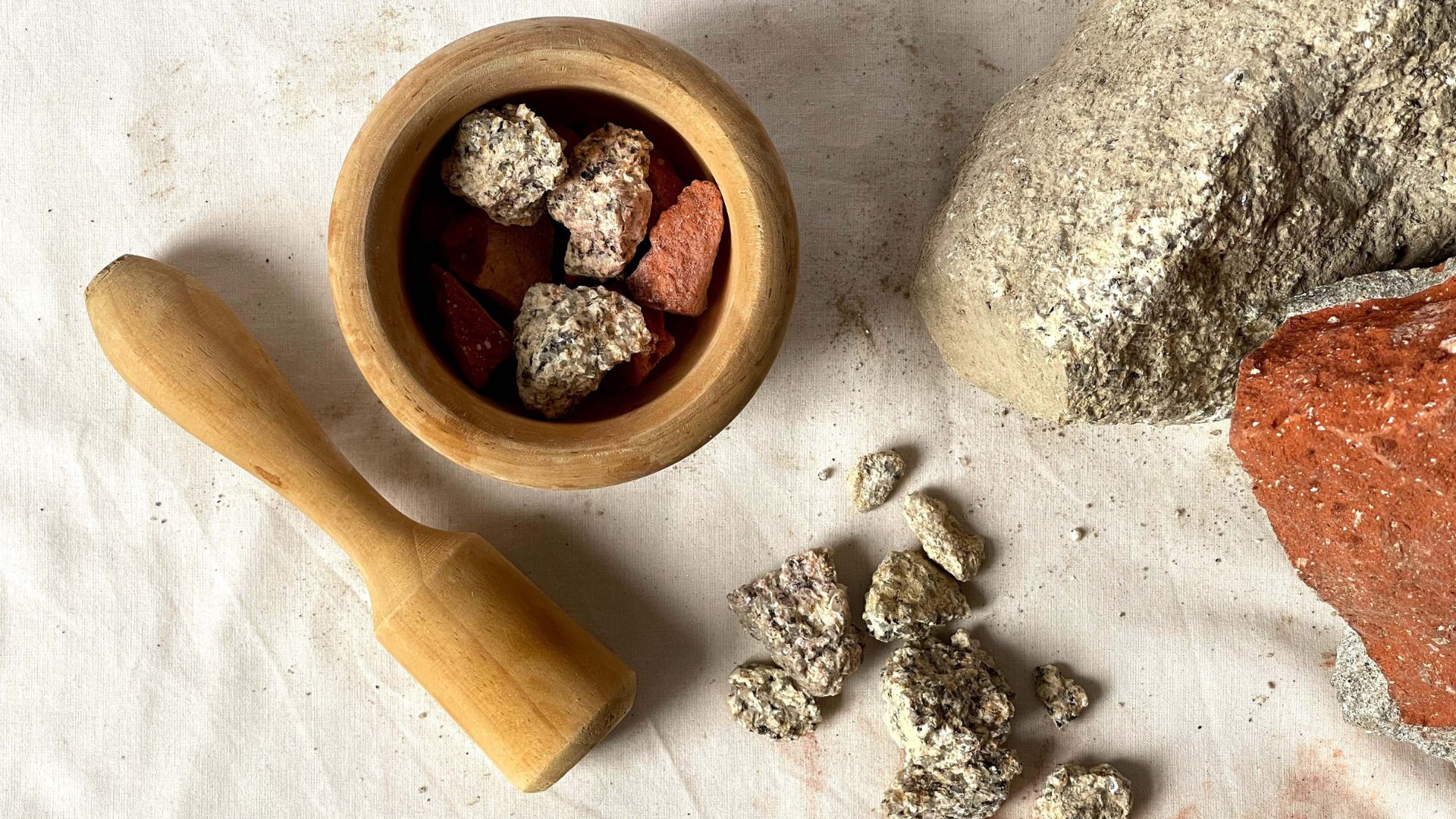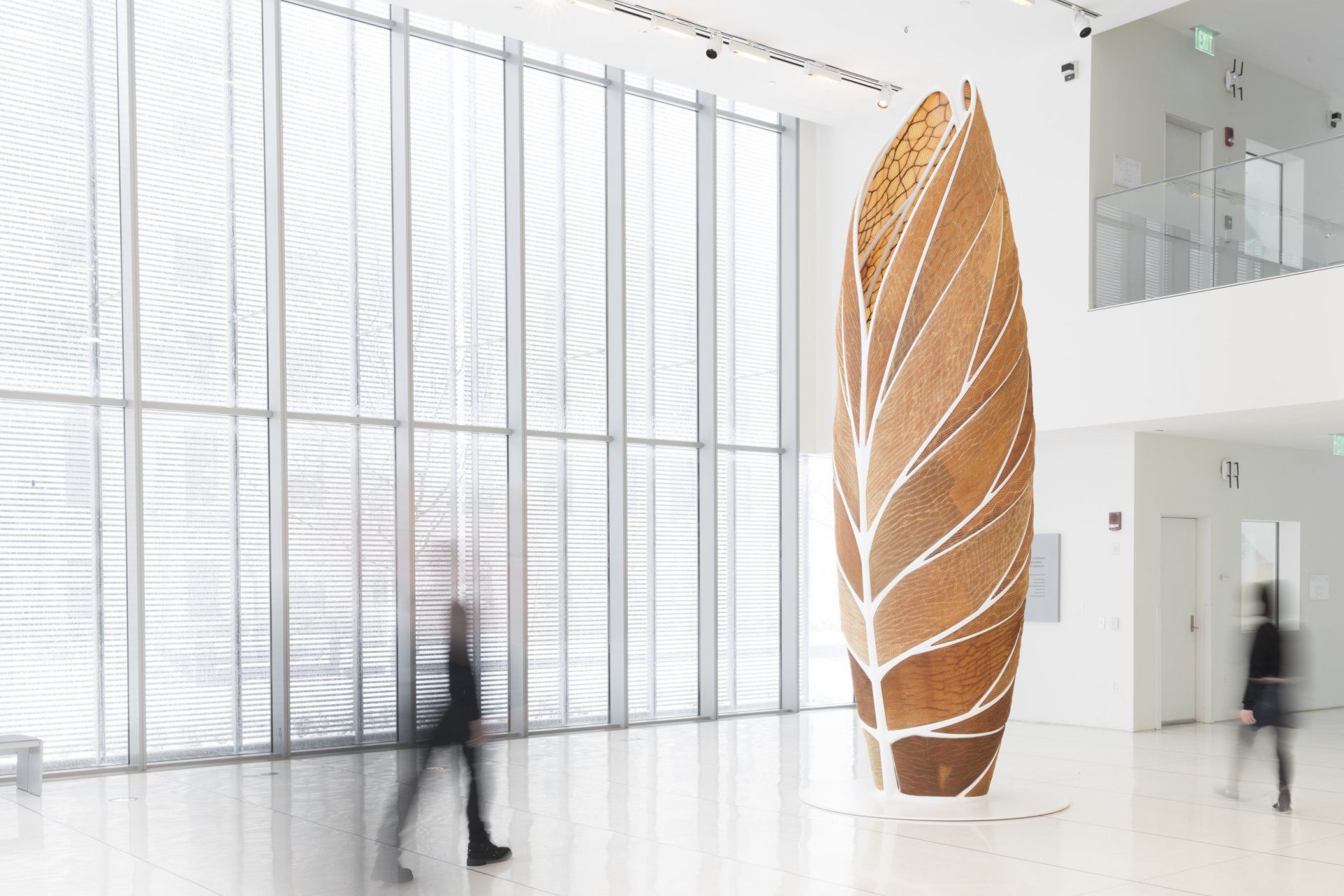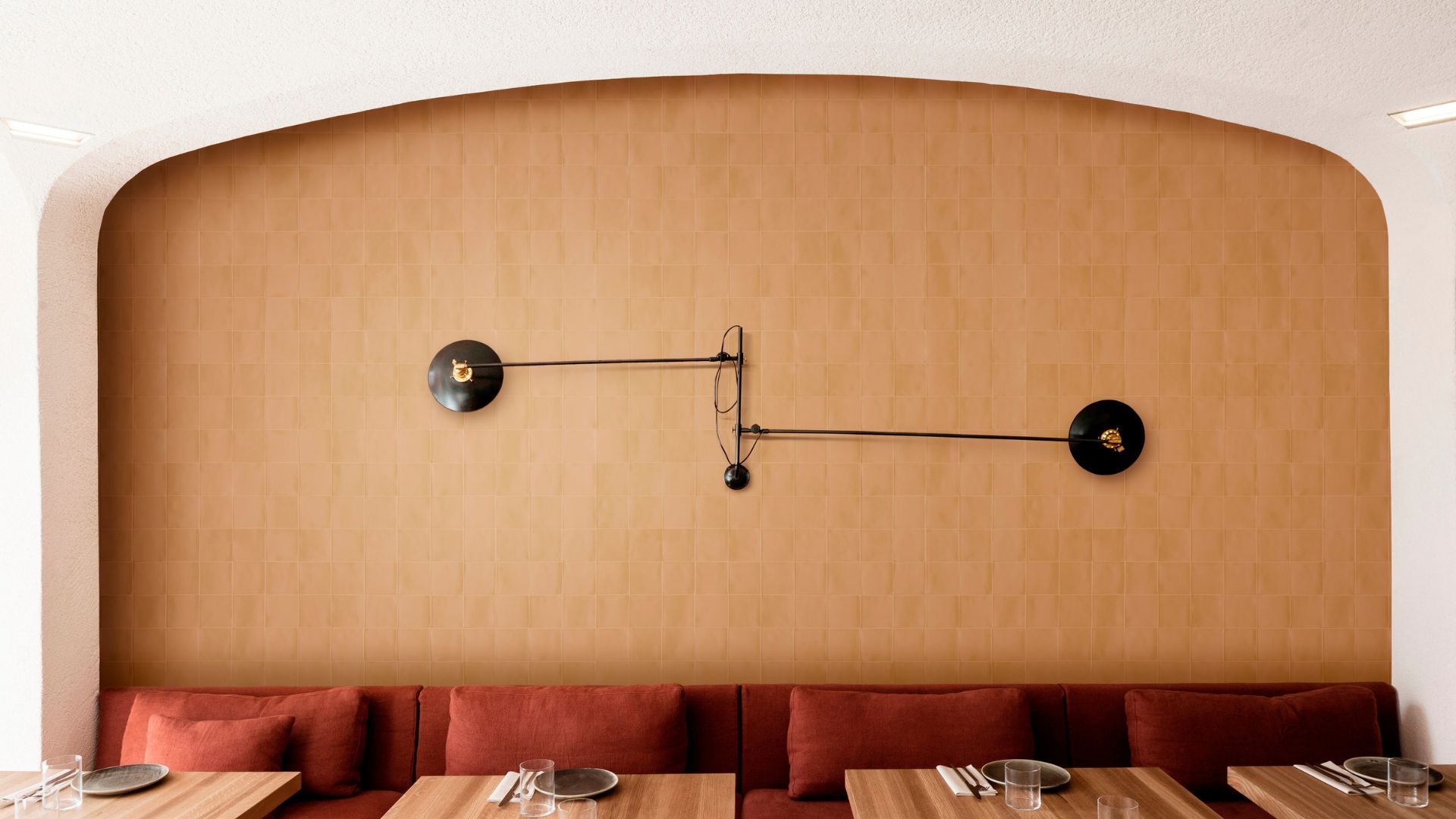Wasteful peel turned into a useful pigment by Kaiku – living color
Flipping through history pages, Nicole brings an alternative method of generating more natural paints with Kaiku.

Acknowledging the fact that most of the colors that surround us are produced from harmful chemicals, Nicole Stjernsward says pigments are due for a change. Student of Imperial College London, she initiated a sustainable alternative to colors produced out of toxic substances and manipulation of fossil fuels. It’s called the Kaiku system.
The colors in most consumer products such as cosmetics, clothes, paints, food, dyes, etc. are derived from petrochemicals and as we start inventing environmentally supported designs, pigments are due for a change.
As we look back into history, colors came from plants and minerals. However, since the industrial revolution, cheap petrochemical colors have become the norm at a considerable environmental cost.
To avoid further ecological devastation, (add numbers or a survey) the Kaiku system by Nicole Stjernsward uses plant waste as raw materials to create natural powder pigments.

When you hear the word ‘colors’ your mind wanders through a wide range of shades, furthermore mixing those shades gives even more possibilities.
Similarly, plants and fruits consumed every day, for instance, avocados, onions, and oranges have the possibility to produce unique colors from their skins and peels. Generally, these are left to rot in landfills, but Kaiku – living color, transforms this waste into a high-value natural resource.











